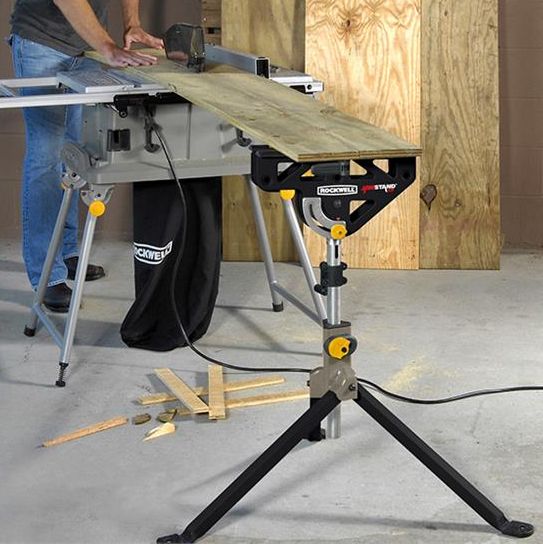Demolition Safety Tips for Your DIY Home Renovation
Home demolition is an often overlooked part of planning a DIY house renovation project. Many property owners just see DIY demolition as something they have to do before they move on to the work of home renovating.
The truth is that demolition is one of the most important parts of planning how to renovate a home. A failure to give the necessary attention to this stage of the project can lead to serious renovation mistakes. Furthermore, it can cause you to miss some issues that are critical for demolition safety.
If you want to learn how to demolish a house or renovate one, this post will provide some demolition tips that can help to keep you and your home safe when preparing for a home renovation project. When it comes to how to renovate a home, you’ll need to wear the right clothes, turn off utilities, get the right home demolition tools, use the right gear, check the area before demolishing, and keep things clean.
Wear the Right Clothes for Home Demolition
Home demolition is dirty work. Along with that, it can also be dangerous. When working out how to demolish a house, you should dress in clothes that can provide adequate protection.
You will want to wear boots with thick soles to protect your feet from things like nails and screws. In addition, wear long pants and a shirt with long sleeves. When you are doing things like ripping out drywall and tearing up floors, there are all sorts of sharp objects that can slice or cut the skin with very little contact. That’s why you’ll want to cover up as much as possible before starting any home demolition projects.
Turn off the Water, Gas, and Electricity Before Starting DIY Demolition
Before starting any DIY house renovation project, you’ll need to turn off the water, gas, and electricity to the area of the home that is under demolition. Once you get into the actual work, it can be very easy to puncture a water line or nick an electrical wire. The damage itself is bad enough, but things like gas and electricity can be a significant hazard if they are not turned off and water can cause additional damage if a line is hit.
Since you will probably need light, you might need to run an extension cord to plug in a utility light. As an alternative, you could consider something like the WORX 20V Power Share LED Work Light. It’s powered by the same 20V rechargeable batteries as other 20V Power Share tools and it provides a bright light that can work in places that have no electricity.
Get the Proper Tools
Having the right tools is another essential part of demolition safety. A basic set of demolition tools will include a pry bar, crowbar, sledgehammer, and claw hammer. Along with that, a good reciprocating saw can be one of the most useful demolition tools.
A cordless oscillating multi-tool can be a good addition to any DIY demolition toolkit. Let’s say you want to reuse your baseboard. You can quickly remove baseboard without causing damage using a bi-metal blade in your oscillating tool. Along with that, it can be good for home renovating jobs like removing drywall and plaster and can also work well for making cuts in tight spaces.
Practice Demolition Safety with the Right Gear
Safety gear is an important part of preventing injury during any DIY house renovation project. When working on your home demolition projects, you are going to want protection for your eyes and your ears. You will also need to wear a pair of durable work gloves and find a good dust mask. For work that is above your head, be sure to invest in a hardhat. When it comes to DIY demolition, also make sure to have a first aid kit on hand. Injuries can still occur even with the best demolition safety tips.
Check First is a Key Demolition Safety Tip
Before you take a sledgehammer or a power tool to the walls, ceiling, or floor, you should try to determine what is behind the covering material. If you know there are pipes or wires in a specific area, you don’t want to be as aggressive.
If you’re just learning how to demolish a house or renovate, you can start by making a smaller hole to look inside before you get down to the more extensive work. With a small hole open, try to look inside using a flashlight. If you cannot see what is inside, you should work on your DIY demolition as if there is something you don’t want to damage behind the material.
Keep the DIY House Renovation Area Clean
Home demolition work creates a lot of debris. If you leave this debris on the ground, it can be a hazard. Instead of waiting until the end to do all of your cleanup work, you should stop to remove some of the debris as you go. You may even want to consider getting a wheelbarrow to make it easier to haul the debris out to a dumpster.
The Aerocart wheelbarrow could be the perfect addition to your demolition equipment. It has a 300-lb capacity and the two-wheel design makes it much easier to move a load of material or debris. It also easily converts into a dolly, so it could come in handy when you are moving supplies for your house renovation project.
Learning how to renovate a home doesn’t have to be stressful. As long as you keep these demolition tips in mind and ensure you’re going about your work safely, working through projects should be a breeze. With a bit of know-how and the right tools, any homeowner can build their dream space.
Find the best tools for home renovation at WORX!

